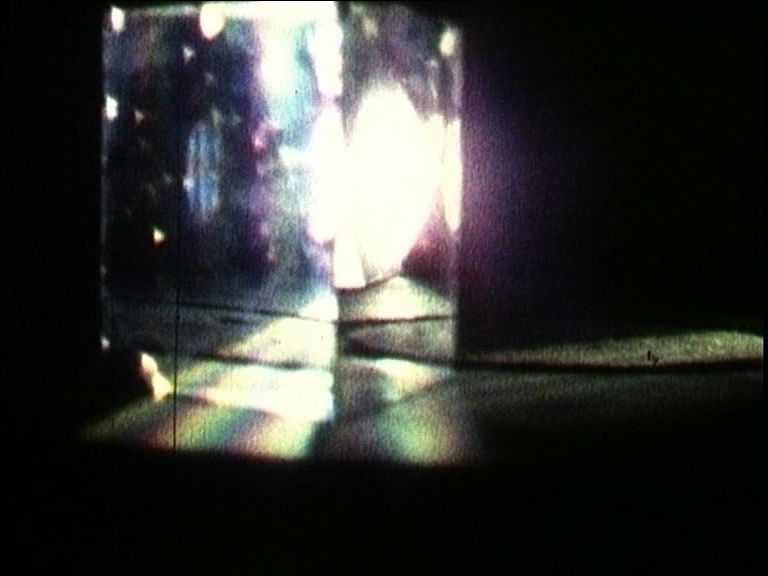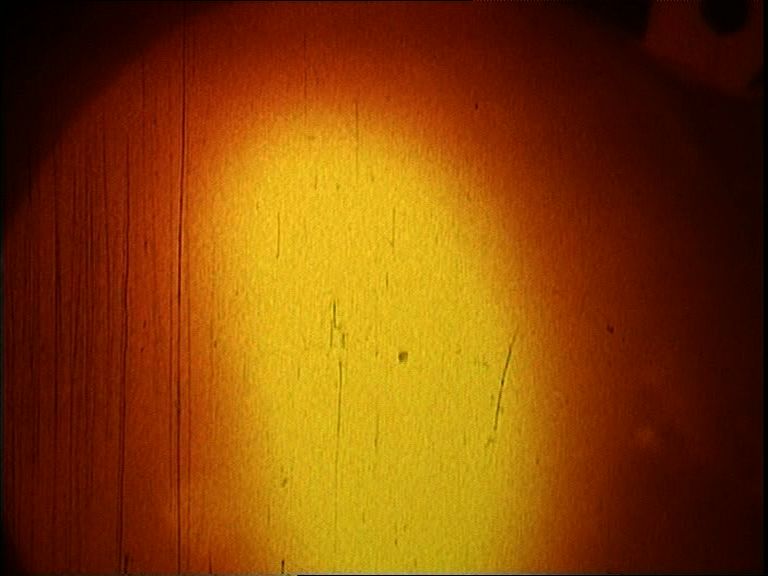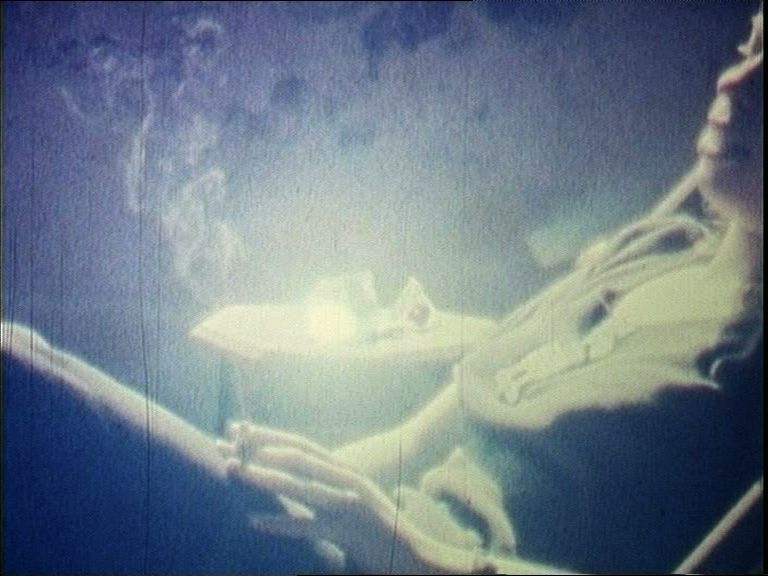The Colour Company presents a collection of films by... (1970-1973)

Original format
Color
Color system
Availability
George Smits was often nicknamed “Toet” by his friends. He was a creative all-rounder: apart from visual works of art (paintings and sculptures), he also created experimental music, and he also designed installations for which he invented his own instruments. In Belgium, Smits was a pioneer of audio art, as well as one of the first artists who worked with 8 mm film and video. ‘The Colour Company presents a collection of films by... (1970-1973)’ is a collection of early works made with Super 8 mm film and a hand-held camera. Some of these works document the artistic practice and life of the artist—his friends and acquaintances frequently feature in the films. But above all, the films express wonder at the medium itself. We see for example Smits in his painting studio. Thanks to the stop motion technique, the painting “grows” before the eye of the camera: Smits paints layer over layer, constantly causing to appear new shapes and fields of sound on the same canvas. A leitmotif on this medium-long, silent compilation is Smits’ flirt with light: the sun strongly reflects on the glass objects he carries around and into the lens of the camera. Silhouettes and shadows cause the image to hesitate between figuration and abstraction. Or he films the light through fabrics, nets and other materials. As a matter of fact, Smits carries out a thorough investigation into the different colours of the light spectrum. He meticulously moves mirrors at different angles, which yields various colour results: the complete sunbeam is white, while a tilted mirror breaks the beam resulting in the successive colours of the rainbow. Further in the work, he conjures up rainbows working with a self-made installation consisting of a slide projector, various prisms and perforated slides.
As a whole, this film echoes strongly the early cinematographic avant-garde artists, as well as experiments with animated films. Further in this compilation, we see Smits with artists-friends from Antwerp in the 1970s. At the Belgian seaside, he films the sea, flowers on the beach, his friends and his dog. The mood is elated, almost euphoric, and because of the grain and materiality of the Super 8 mm film, it bathes in a nostalgic touch. Smits writes a naive poem on the beach: “the sea goes back and forth / the wind blows / the sun shines every now and then.” In a later work he films the text “light in Spain”, written on a sheet of paper, till the sun burns through the paper. Once more, the artist plays with an element of reflection: his partner holds up a small mirror and a piece of glass, which creates bright, variegated flashes and light beams in the lens. Pure beauty that really touches us.



